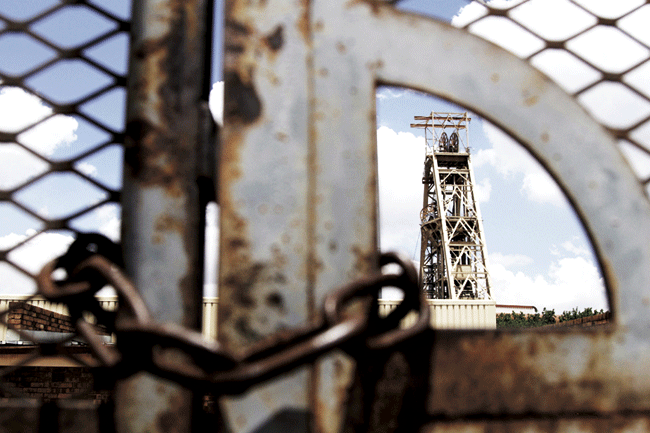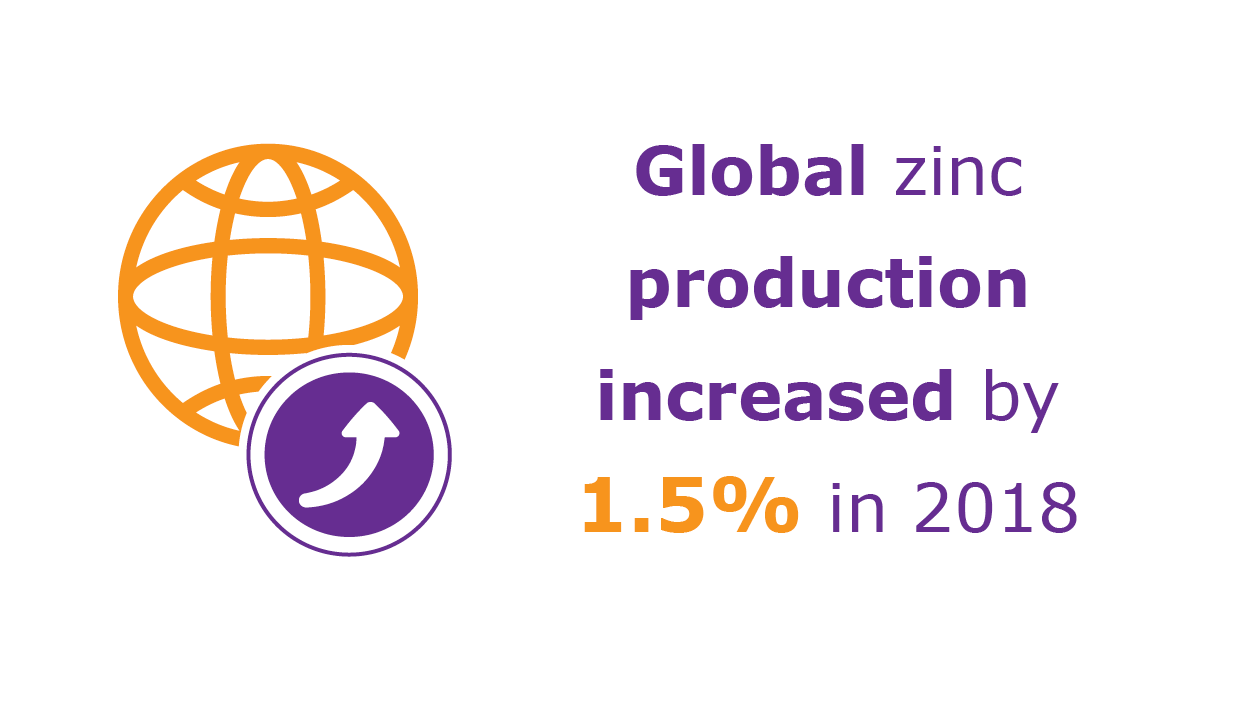At a time when big profit margins in mining are increasingly being made in ‘high risk’ sites, the current increase in providing specialised security and emergency medical services to far flung corners of Africa is a fait accompli.
For years mining companies have outsourced these services. However, unprecedented competition and a host of complex new risks and challenges means leading security and medical emergency service providers are operating at levels of sophistication that didn’t exist 15 years ago.
Coen van Wyk, a consultant at Consultancy Africa Intelligence, says: ‘Traditionally mines employed security guards almost purely for internal reasons, to ensure nobody walked off with the CEO’s tea cups, and that sort of thing.
‘Now, although internal theft remains a problem, it is the external threats that really have mining companies worried: instability, socio-economic problems, organised crime and the spread of terrorist activity in North, West and now East Africa. Mine security is no longer a job for empty uniforms and hired guns,’ says Van Wyk.
Increasingly, mining companies are looking to their security contractors to help mitigate politically complex risks such as resource nationalism and fraud and corruption on a state level, too. The mine security provider of today must combine the intelligence gathering and analysis capabilities of a sophisticated government agency with the socio-political sensitivity of a sophisticated NGO.
A new breed of operators – in fact the biggest, with 20 000 employees worldwide – is the G4S Global Mining Solutions. It recorded 50% growth in 2012 after creating regional teams to develop area-specific security solutions.
The company’s global head Andrew Hames says action on the part of a private security company affects a customer’s business as negatively as inaction by threatening their social and political licence to operate, their human rights standing and relationships with local communities and business partners.
International SOS is another mine security behemoth, with a presence in almost every sub-Saharan African country. Travel security division head David Geddes says a series of tumultuous, but possibly avoidable, mining industry security disasters have caused some companies to think about security in a more holistic manner.
He mentions the wildcat strike at Lonmin platinum mine in Marikana, South Africa, as an example. ‘In Tanzania, African Barrick Gold lost five employees after an attack by over 1 500 intruders. In Nigeria a series of raids on Nigeria Shell’s Nembe Creek pipelines almost brought production to a halt, and in Greece the Hellas gold mine was attacked by arsonists.
Although internal theft remains a problem, it is the external threats that really have mining companies worried
‘These events have triggered an unprecedented wave of industry reflection, especially in terms of what security contractors should and shouldn’t be doing,’ says Geddes.
‘Globally, mine security is moving up the agenda in mining companies, from site level to board level and reputational risk is front and centre because it has a direct impact on share-price performance,’ says Hames.
Over a decade ago the world was a less connected place. Community conflicts and human rights abuses perpetrated by overzealous mine security teams in remote locations were commonplace and easily kept from the media. However, due to the acceleration of globalisation, the human rights standing of businesses – both positive and negative – is increasingly scrutinised.
Van Wyk says most established mine security companies are now signatories to codes of ethical conduct, such as the International Council on Mining and Metals’ Sustainable Development Framework, the Voluntary Principles on Security and Human Rights, the Code of Conduct for Private Security Service Providers and the Conflict-Free Gold Standard.
‘Mining companies now demand these sorts of bona fides, which is positive. And although these things can quickly become mere window dressing, given a lack of oversight capacity, the most progressive companies have realised that hollow accreditations are ultimately harmful.
‘They are looking for security partners who genuinely walk the talk, as it were, and protect mining assets without exacerbating social tensions,’ says Van Wyk.
New forms of training and the development of technologies that minimise the need for dogs and guns are ways in which leading mine security operators are seeking to contain potential confrontations between mining companies, their employees and surrounding communities.
In South Africa in 2013, G4S Global Mining Solutions launched the world’s first mining-specific training programme, which focused on a diverse range of specific mining industry challenges, including conflict management.
With regard to technology, mining companies are increasingly looking to their security companies to provide integrated, single control-room systems, which store multiple information strands that range from employee check in/check out times to real time movement of staff.
Hames says: ‘Cost inflation coupled with lower productivity in the mining industry is driving a renewed and urgent focus on the introduction and use of innovative technology.
‘In addition to integrated technology solutions we are also increasingly deploying the use of radar, infrared and thermal camera technology to more effectively detect, verify, deter and track, thus reducing the potential for conflict and allowing for the deployment of appropriately trained proactive personnel.’
Globally, mine security is moving up the agenda in mining companies, from site level to board level
However, he says while the most sophisticated systems are providing mining companies with unprecedented intelligence and insight, ‘ill-prepared mining companies’ are increasingly being targeted by cyber criminals, ‘who could be activists or even government funded’.
The industry’s leading-edge emergency medical services to remotely located mines have also come of age. Werner Vermaak, spokesperson for ER24 (one of the continent’s largest private emergency medical services), is quick to point out that the scale and sophis-tication of the service rendered is contingent on many factors.
‘From exploration to pre-feasibility through to full production, there’s a very different type of work taking place, requiring differing sets of services. The life cycle of any project one becomes involved in is obviously a determining factor,’ says Vermaak.
An example of one extreme is International SOS, the world’s largest medical assistance services company, which has established a clinic for Freeport-McMoRan copper and gold mine in the DRC. The mine boasts the world’s best malaria programme, according to medical director Charl van Loggerenberg.
‘If there’s one case of malaria in a month it’s a lot. On that site we’re starting to worry about detailed infection control in the operating theatre. It’s the kind of operation where the staff complain that they can’t get all the DStv channels on the telly,’ he says.
As is increasingly the case with security providers, mining companies are involving medical assistance providers in the early stages of mining projects.
‘We frequently conduct site health reviews, where we generically assess the project and customise a solution. We look at local health facilities and assess the level of risk posed by endemic diseases. We see whether it is possible to get a surgeon locally, or even a Panado.
Technology has enabled some significant advances in the quality of service rendered in remote locations
‘And we will often go beyond that and do something a bit more occupation specific such as a health risk assessment, where we ask things such as: what is the nature of the work? What are the occupational hazards – are the staff at risk from asbestos, falling rocks, etc.
‘Then we customise a solution. One project might require a paramedic who is a US navy seal. Another will require an occupational health provider who can do lung function tests,’ says Van Loggerenberg.
Technology, of course, has enabled some significant advances in the quality of service rendered in remote locations. Historically, a paramedic or doctor seconded to a remote mining site might be entirely alone in dealing with medical emergencies, including those of a complexity beyond their experience. Today, satellite link ups can connect these medics to teams of professionals.
Van Loggerenberg says International SOS is ‘fanatical’ about telemedicine and tele-med support. It has 26 assistance centres worldwide, where teams of medical professionals provide support to medics in the field around the clock.
‘That’s different to a situation ten years ago. Ten years ago a remote-location paramedic was on his own. Now, if one our medics has a cardiac patient he can’t quite manage, or even a laceration that might require plastic surgery, he or she can access the support they need in real time.’
Van Wyk says the companies pushing these frontiers in security and medical assistance provision to remotely located mines are impressive. However, the industry’s impressive growth is throwing up complex new challenges and concerns.
‘On the positive side these companies have the capital and power to pursue innovative new technologies and strategies, and to train a new breed of operative. On the negative side, or perhaps let’s just say on the complicated side, it is entirely possible that some of these companies are developing intelligence gathering capabilities that might start pushing up against the limits of democracy.
‘This is a major challenge for mining companies in certain remote locations in Africa, and not just in terms of security. In the absence of basic governmental services, mining companies are increasingly being called on to meet community infrastructure, security and health needs.
‘Working out where the boundaries lie between constructive assistance and undue power accumulation will be an ongoing challenge for the mining industry, and their security companies will be on the frontline in this regard,’ says Van Wyk.






